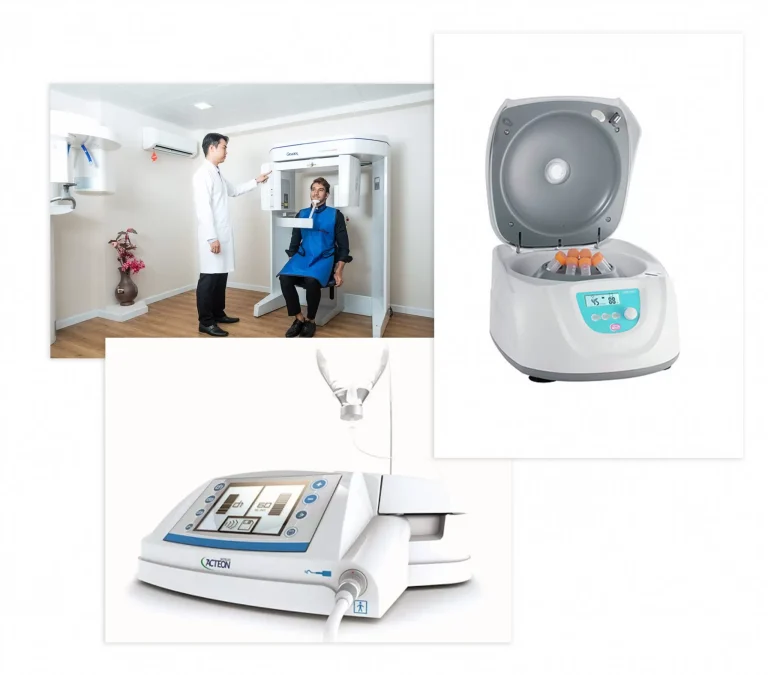WHAT IS WISDOM TOOTH EXTRACTION?
Wisdom teeth are located at the end of the jaw and are the last teeth to erupt. Most people have 4 wisdom teeth in the 4 corners of the jaw. Wisdom teeth usually begin to erupt from the gums between the ages of 18-25. At this time, 28 permanent teeth have grown enough, the tooth arch therefore may not be wide enough, leading to the phenomenon of wisdom teeth getting stuck causing pain and discomfort.
In some cases, impacted wisdom teeth may not cause immediate symptoms but are difficult to clean, causing accumulation of food and bacteria that cause tooth decay, periodontitis, bad breath, etc. They can cause pressure by pushing the anterior teeth into crowding. Food accumulation makes the wisdom tooth and the adjacent tooth susceptible to decay.

Wisdom Tooth Extraction
Wisdom tooth extraction is a common dental procedure performed to remove the third molars—also known as wisdom teeth—that often cause pain, swelling, infections, or crowding. Because these teeth typically emerge between ages 17 and 25, they frequently lack the space to grow properly, leading to impaction or misalignment.
Modern techniques and gentle care make wisdom tooth removal a quick, safe, and predictable procedure, helping prevent serious oral health problems in the future.
Why Wisdom Teeth Often Need to Be Removed
-
- At an angle
- Horizontally
- Trapped beneath the bone (impacted)
-
- Pain or pressure in the back of the mouth
- Swollen or infected gums
- Jaw stiffness
- Tooth decay in the surrounding teeth
- Cysts or bone damage
- Overcrowding or shifting teeth
Types of Wisdom Tooth Extraction
✔ Simple Extraction
Used when the wisdom tooth has fully emerged and is easy to access.
✔ Surgical Extraction
Needed when the wisdom tooth is impacted, stuck under the gums, or growing at an angle. A small incision or bone removal may be required for safe removal.
Both procedures are performed with local anesthesia—and sedation options are available for patients with anxiety or more complex extractions.

What to Expect During the Procedure
- Evaluation & 3D Imaging: X-rays or scans allow your dentist to assess the position of the wisdom teeth and plan a precise, safe extraction.
- Anesthesia or Sedation: The area is numbed completely, and sedation is offered for added comfort.
- Tooth Removal: The dentist gently loosens and extracts the tooth. For surgical cases, small incisions or sectioning may be used.
- Cleaning & Stitches: The site is cleaned to remove debris and prevent infection; stitches may be placed if needed.
- Post-Operative Care Instructions: You’ll receive clear guidance to support healing and minimize swelling or discomfort.
Benefits of Wisdom Tooth Extraction
-
- Relieves pain and swelling
- Prevents infection and gum inflammation
- Protects nearby teeth from decay or damage
- Reduces risk of cysts or bone problems
- Maintains proper alignment and bite
- Improves long-term oral health


